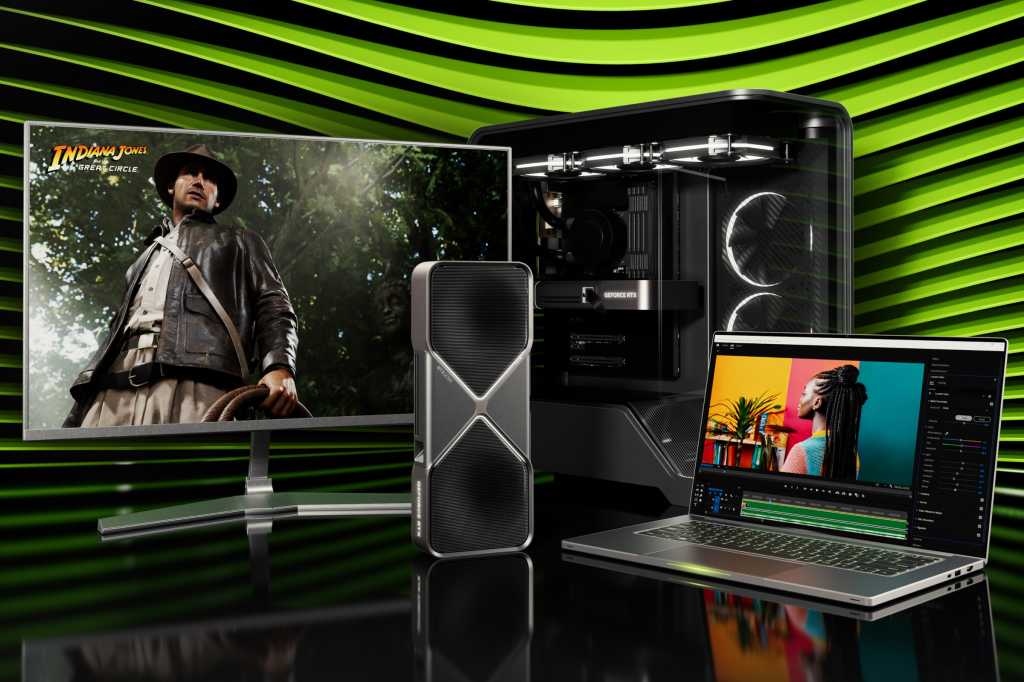Recently, a peculiar bug has surfaced in Windows 11 that has left many users scratching their heads. Some Windows 11 users reported receiving notifications prompting them to eject their graphics cards. This unsettling message has raised concerns about the functionality and safety of their hardware components. The issue seems to stem from an error in the Windows operating system that erroneously lists graphics cards among devices available for removal.
The Eject Prompt: Understanding the Bug
This problem appears to manifest as a consequence of an unwanted user interface feature within Windows 11. The “Safely Remove Hardware and Eject Media” tool, typically used for safely disconnecting USB devices like flash drives, is mistakenly indicating that graphics cards can also be ejected. For users with external GPUs or specific custom builds, the ability to eject the hardware might seem logical. However, for desktop and laptop users with integrated graphics, this prompts an alarming question: why would the system suggest that they eject a vital component of their machines?
The confusion is understandable — many users find the message disconcerting, particularly those who may not fully comprehend the technical nuances of their systems. As noted by Windows Central, this bug has been a lingering issue for years. It seemingly arises from an attempted UI adjustment to allow users to toggle discrete graphics on laptops, enabling a switch to integrated graphics for energy conservation rather than signaling an ejection function.
User Reactions and Concerns
For many, the notification raises valid concerns about the integrity of their hardware. Users, particularly those inexperienced with technology, might worry that inadvertently selecting “eject” could lead to disastrous consequences for their machines. One Reddit user aptly expressed this fear, stating, “I’m afraid I might accidentally eject it one day and god knows what’s gonna happen to my laptop.” Indeed, the ramifications of such an action could lead to instability or crashes, reinforcing the importance of ensuring that only removable hardware is signaled for ejection.
Fortunately, there are remedies to mitigate the stress caused by this errant prompt. For users willing to explore technical solutions, there are registry hacks available that can disable the message entirely. However, it’s essential to understand the potential risks associated with altering registry settings, as incorrect modifications can lead to further complications within the operating system.
Official Responses and Technical Solutions
Microsoft has not officially commented on this bug as of yet, but it reflects a broader trend that has plagued various iterations of Windows: interface errors leading to user confusion. The tech community continues to monitor Windows updates to see if a patch will finally resolve this longstanding glitch. It’s a reminder of the complexities associated with modern operating systems, which often balance numerous functionalities and user experiences.
For those who prefer to keep their system unmodified, simply ignoring the eject prompt may be the most straightforward approach. It’s worth noting that many users have reported the issue does not affect system performance or functionality—aside from the unsettling notifications. Thus, for those who can tolerate this minor annoyance, leaving it be may be a suitable option.
Historical Context and Broader Implications
This bug isn’t occurring in isolation; it reflects a recurring theme that has been observed in Windows operating systems over the years. Historical context shows that Microsoft has frequently struggled with user interface elements that confuse rather than simplify the user experience. While this bug regarding graphics cards may not be the most severe issue Windows has faced, it underscores the importance of intuitive design in software engineering.
As technology continues to evolve, users expect a seamless experience that minimizes potential issues. Understanding how to navigate these quirks is crucial in maintaining system stability and user confidence in their hardware. Computer manufacturers like Dell and HP, which incorporate both integrated and discrete graphics within their laptops, must also ensure that their users are informed about these system behaviors to prevent misunderstandings about hardware management.
In a digital landscape where users often rely on their machines for critical tasks, a simple message prompting the ejection of a graphics card can lead to confusion and anxiety, as illustrated by user reactions across various platforms. Ongoing vigilance and education in the tech community are necessary to bridge the gap between advanced technology and user comprehension.
In summary, while the Windows 11 bug relating to graphics card ejection may not be a cause for alarm, it serves as a timely reminder of the importance of clear interfaces, effective communication, and user education in an increasingly complex technological world.

